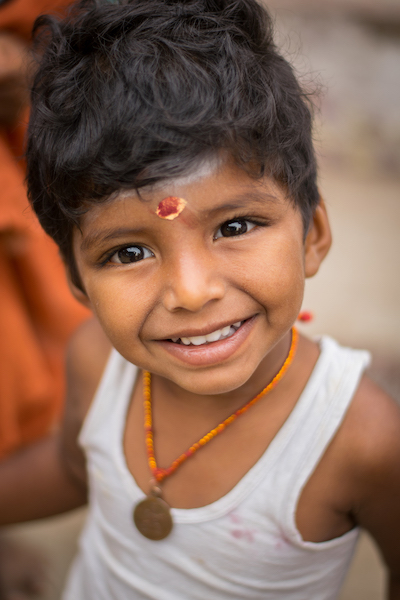
October 17, the International Day for the Eradication of Poverty, (IDEP) is just a few days away and as such, the world is gearing up to drum up efforts towards overcoming extreme poverty.
But what about children and poverty? Existing evidence shows children bear the greatest burden of poverty but unfortunately, they miss out of poverty debates.
We unpack some of the global facts and statistics in light of Child Poverty:
- Half of the multidimensional poor people are children with a third of them being under the age of ten (10). In plain numbers, Of the 1.3 billion people who are multidimensional poor, 663 million are children and 428 million of them (32.3 percent) are under the age of 10
- 1 billion children worldwide are living in poverty. According to UNICEF, 22,000 children die each day due to poverty.
- Half of the pre-primary school-age children in the world today – that is, at least 175 million children –are not enrolled in pre-primary education during these vital years, deepening inequalities and missing a critical investment opportunity. This in the end forces them to live in poverty.
- 1 in 5 children are living in poverty in the world’s richest countries. In 2017, an estimated 25 percent of children were at risk of poverty or social exclusion in the European Union, revealing that child poverty is a universal challenge that requires a global response.
- In South Asia, 22.7 percent of children under the age of 5 experience intrahousehold inequality in deprivation in nutrition where at least one child in the household is malnourished and at least one child is not.
- Children are multidimensionally poor than adults. According to the Global Multidimensional Poverty Index report of 2019, 17.5 percent of adults are multidimensional poor compared to 33.8 percent among children.
- In sub-Saharan Africa alone, 247 million children are deprived of their basic rights. UNICEF estimates that 2 in 3 children across 30 Sub-Saharan countries suffer from two or more deprivations of their rights.
- Only One-third of children are covered by social protection. Social protection programmers have demonstrated long-lasting benefits for many families and children living in poverty. Yet, the vast majority of children still lack access to social protection.
- 47% of children living in lone-parent families are in poverty. Lone parents face a higher risk of poverty due to the lack of an additional earner, low rates of maintenance payments, gender inequality in employment and pay, and childcare costs.
These statistics paint a sad picture about children, but at the same time distinctly inform us on what and where we need to put more effort to end child poverty. The statistics further shows us that poverty goes beyond income but also encompasses a lack of resources to ensure sustainable livelihood, such as food, clothing, clean water, and proper shelter. Thus, if we come together to provide and empower children to access these essential elements of sustainable livelihoods, then we will be ending child poverty.


